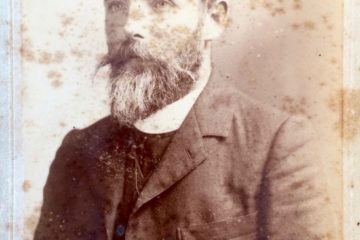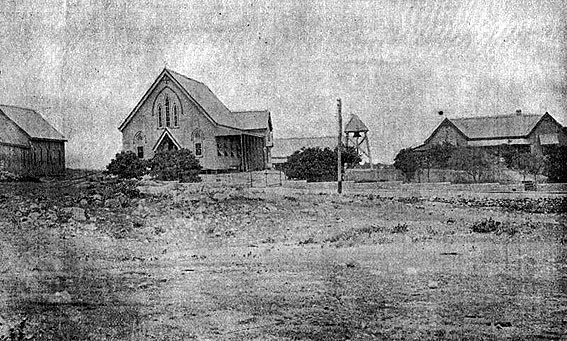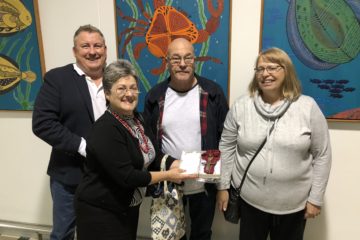Christmas Eve on 4QG
WIRELESS WAVES.
CHRISTMAS
PROGRAMMES.
ADVANCE programme from station 4QG show that special efforts have been made to provide a good service during the period December 24 [ 1927 ] to January 1 [ 1928 ] inclusive.
On Christmas Eve the evening session will begin at 6 o’clock, and this station will not close down until 1 a.m. on Sunday.
The children’s Christmas entertainment will be provided by the combined bed-time story-tellers.
Music will be supplied by the 4QG Children’s Quartette and a Christmas talk to the kiddies will be given by Canon Garland [ David John Garland ].
The night session will include the presentation of a radio adaptation of Charles Dickens’ “Christmas Carols”, and a studio entertainment, during which the songs and instrumental items appropriate to the season will be given, St. Stephen’s Cathedral midnight Mass also will be broadcast.
A VAST AUDIENCE.
There are now over a million and a quarter listeners-in to wireless in Australia.
That number is computed upon a most conservative basis by taking the estimated total number of receiving sets in operation and multiplying it by five – a basis which statisticians long ago adopted as the average number of listeners to each receiving set.
More than one-half of the licences in Australia have been issued in Victoria.
An official of the Postmaster-General’s Department, in discussing the matter recently, expressed the opinion that the inventive faculties of the youth of Australia had been stirred by wireless to a far greater degree perhaps than in any other part of the world.
A remarkable feature in the phenomenal growth of wireless in Victoria is the fact that in the big industrial suburbs of the metropolis almost every house has its aerial, and there are many streets in which every house boasts of a wireless set, and most of them home-made.
Station 2FC has received the following:– “Your transmission from 2FC yesterday (Sunday evening, October 16), was heard perfectly by me on a two-valve set, designed by me for ordinary broadcasting, and not specially designed for short waves.
“My position is badly screened by high buildings and by the Downs, 600 feet high [ 182.8 metres ].
“I picked up your carrier wave before 6 p.m., and held you right through until you closed down, at 7.10 p.m.
“ It was very exciting, and thrilling to hear birds (Mr. West refers to the kookaburra), singing, piano music, and addresses – one by Sir Joseph Cook [ Joseph Cook ] to his successor, as High Commissioner in England – from the other side of the world!
“ I was too engrossed and thrilled to write down all the items, so am only trusting to memory.
“The grand finale of singing the National Anthem was truly inspiring.
“The whole programme was perfectly delightful, and I look forward with pleasurable anticipation to hearing you again. My wife also listened to it, and joins with me in offering our heartiest congratulations.”
THE VALUE OF
POWER AMPLIFIERS.
Although many different kinds of power amplifier valves have been on the market for some years, it is surprising how little these valves are used by amateurs (writes 3BD in the “The Argus”).
It may he that this is because the cost and the current consumption of power amplifier valves are higher than those of the average general purpose valve, but nobody who has used a power amplifier will question that the extra first cost and operating cost of the power amplifier is justified by results.
Power amplifiers are intended for use in the final socket of a receiver designed for loud speaker operation.
They are designed to handle a greater undistorted output than an ordinary valve, and they should always be used when fairly loud signals are required.
In many sets, from which signals are not very loud and from which loud signals are not desired, the power valve will not make any great increase in the volume of sound when it is used, but it will nearly always effect a marked improvement in the purity of the music from the receiver.
The extra cost of the power valve is largely offset by the fact that its life is longer than that of an ordinary valve.
– from page 5 of “The Queensland Times” (Ipswich) of 10 December 1927.
PICTURED ABOVE: Typical of the “gramophone” advertisements common in the print media of the time, this one appeared in the Church of England diocesan newspaper, “The Church Chronicle”, of 1 June 1927.


